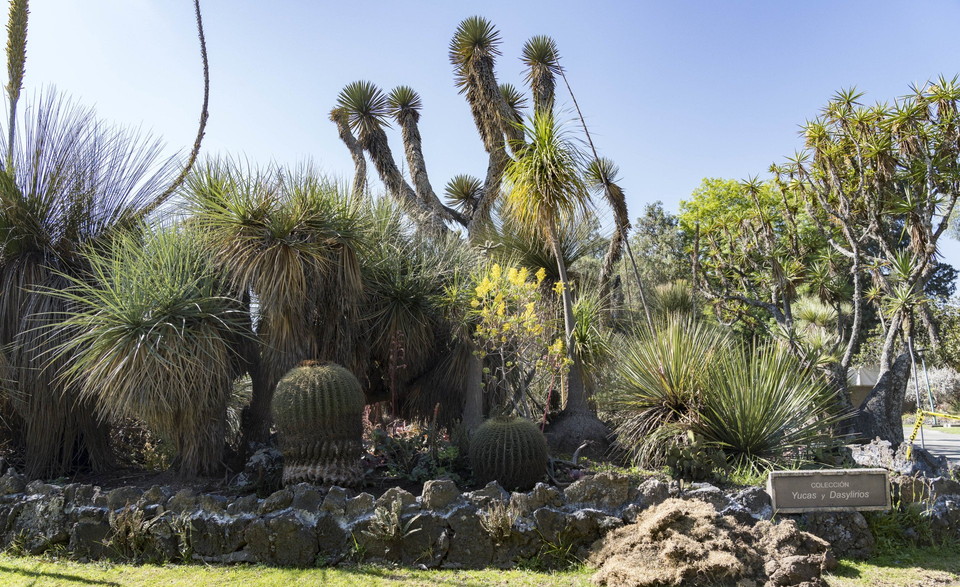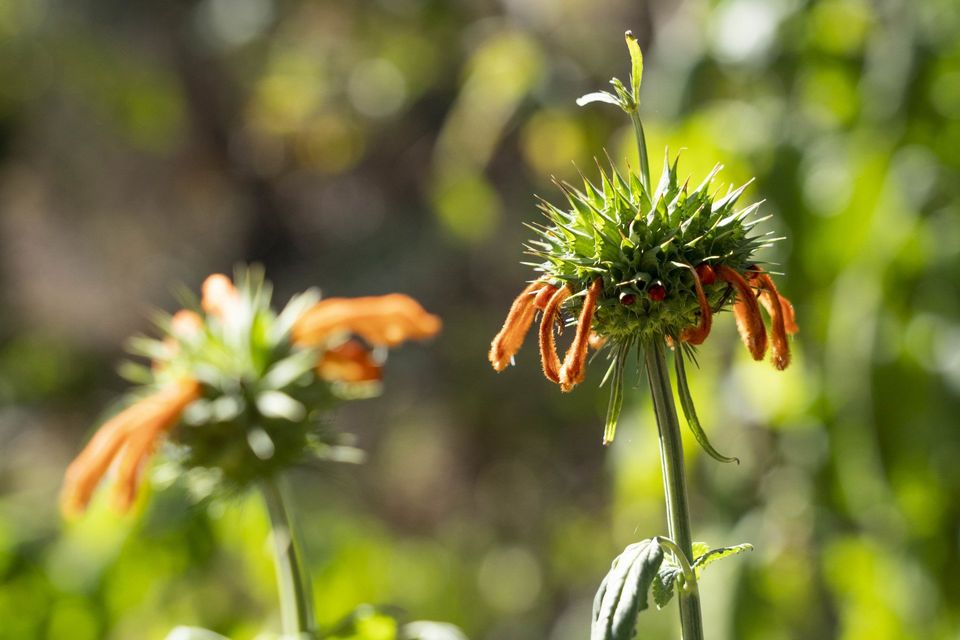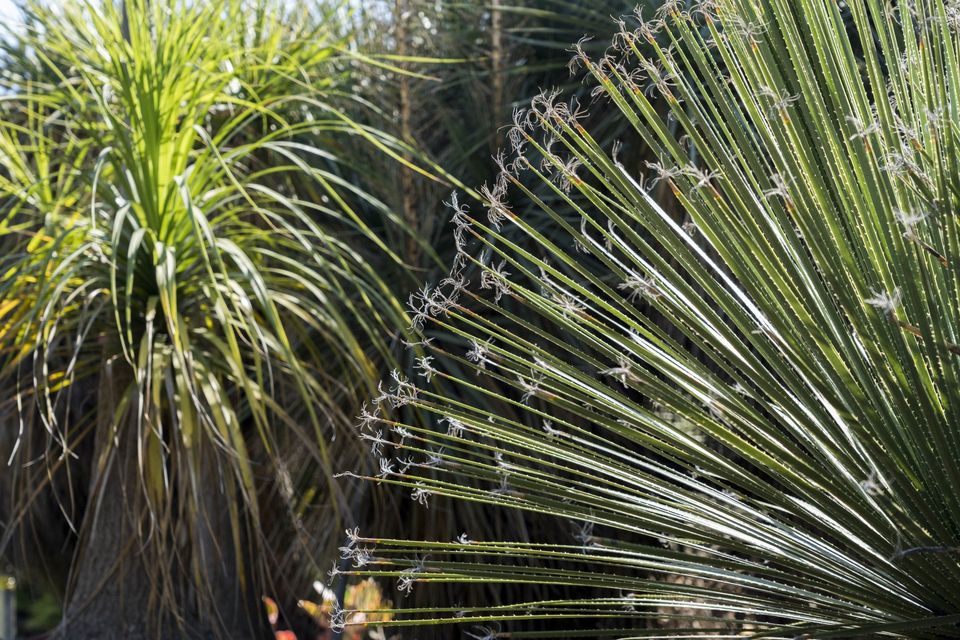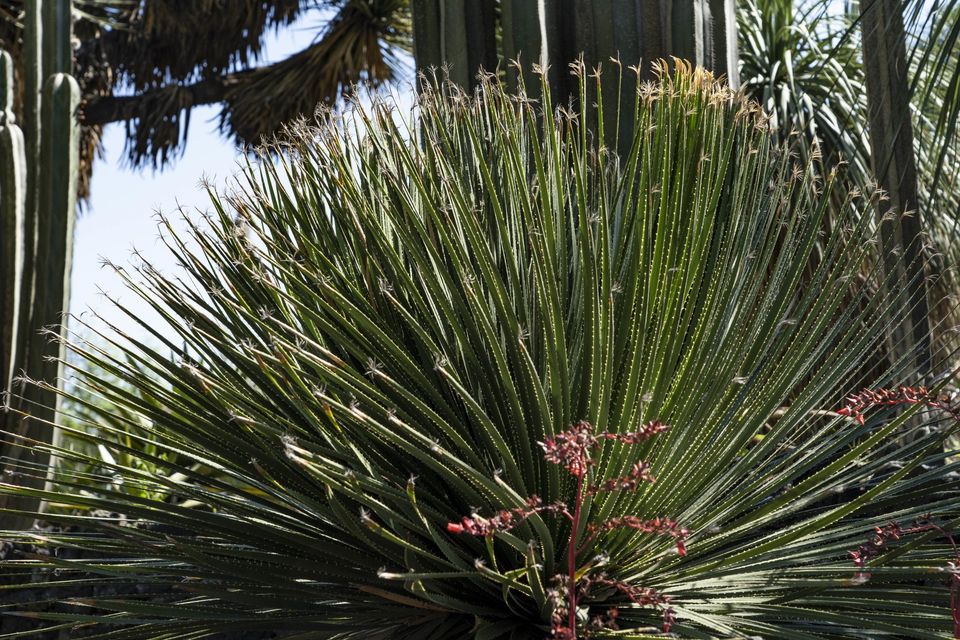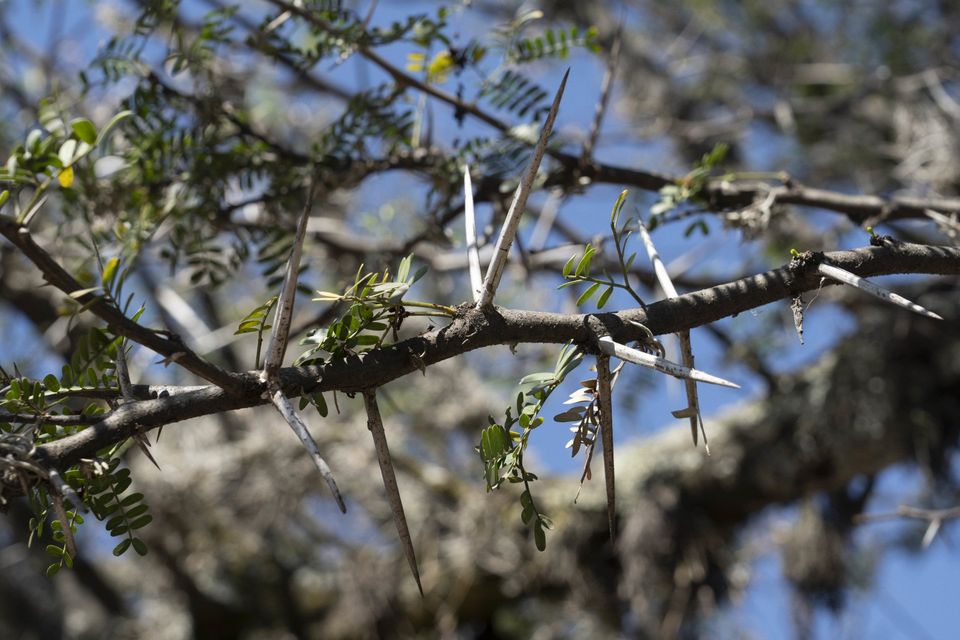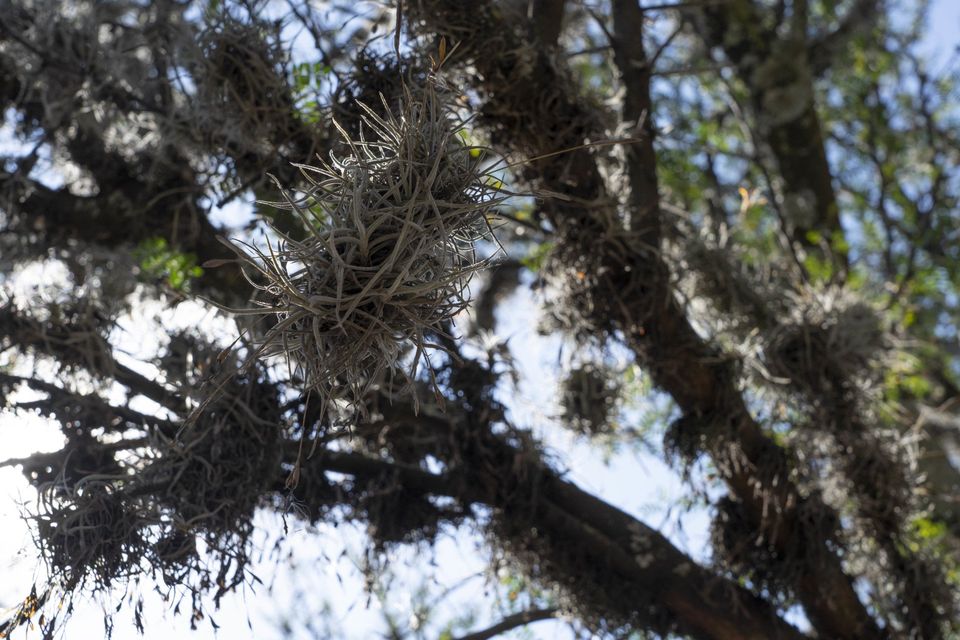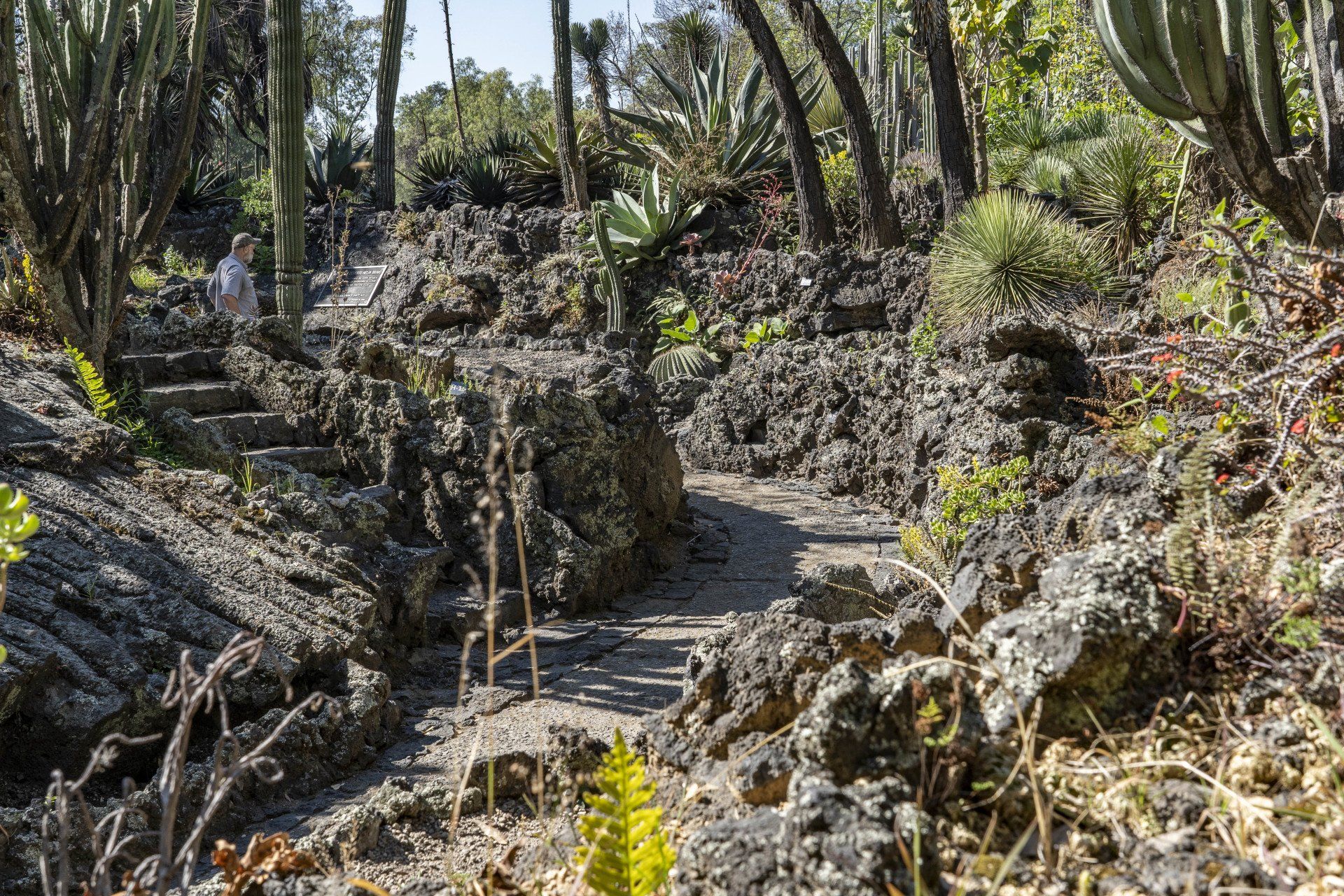
A Heartfelt Thank You and Holiday Cheers from Winterbloom Landscaping Cooperative As the year winds down, we find ourselves reflecting on the incredible journey we’ve taken together over the past months. Transitioning to a cooperative has been a transformative experience, and it’s one we couldn’t have navigated without the trust and support of our amazing customers. You’ve been with us through the changes—whether you’ve been a client for years or just joined us this season, your belief in our vision has kept us going. Your loyalty has allowed us to reimagine how we work, creating not just beautiful landscapes but a thriving, sustainable community. Thank you for being part of this new chapter with us. On December 7th , we celebrated all that we’ve accomplished together at our annual Winterbloom Holiday Party ! We gathered as a team to share laughs, stories, and some well-earned joy. Phil and Barb even joined us, making the celebration even more special! One of the most meaningful parts of this transition has been seeing the way our team has embraced this new model. Their hard work, creativity, and passion bring life to every project, and we’re so grateful to have such a dedicated and talented group of people by our side. This team isn’t just the heart of Winterbloom—they’re the reason we’ve been able to dream bigger and build something truly unique. Here are a few photos from the party:
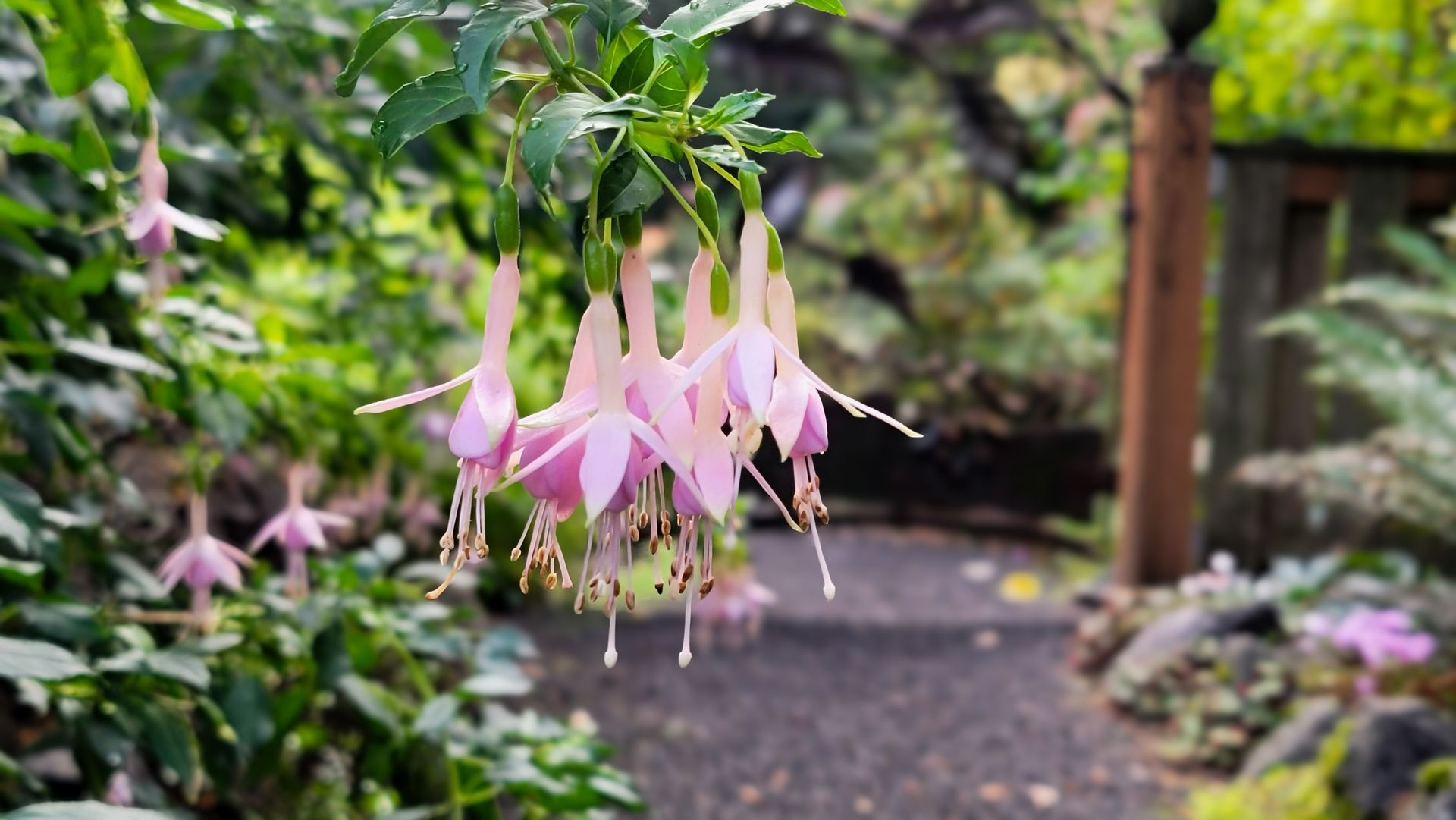
October is the transition month, weather-wise, in western Oregon. Autumn has arrived, and with it, all the things we love—cooler days, vibrant fall colors, and a fresh start for your garden. Often, we begin experiencing some serious rains about mid-month, and then by Halloween, the rainy season has begun! · The last week of October (but sometimes the first week in November) is the last time that we mow lawns weekly. Watch your lawn so that you can decide the best time to stop the chore. · October is the first month we have a higher probability of being able to transplant from moist, soft soil into a moist, soft, new hole. All plants, of course, prefer to be dormant (asleep) when being transplanted. So, the coolness of October and (hopefully) moist soil are perfect for the beginning of the transplanting and planting season. The best planting time usually extends through the rainy season until about the middle of March. From mid-October to mid-March is the best time to plant in western Oregon. · If you want more bulbs in your garden to bloom in March, April, or May, visit your local nursery to purchase spring bulbs and plant them. October and November are the traditional months for planting spring bulbs. You can also plant fall bulbs, such as Saffron Crocus and Colchicums. However, do not expect much from them until next fall! · The rains will bring out the dormant, sleepy slugs, so setting slug bait out in your beds now will thwart a winter and spring invasion of new baby slugs! · The fall leaves will soon begin dropping all over your garden. Remember to keep them off the lawn/grass areas and instead rake or blow them into your beds. The wet leaves will cause damage if left on your lawn! (Sometimes only one day can leave a scorch mark on your lawn.) However, these leaves can become great free compost/mulch for your planting beds. · This month, mulch should be placed around potentially tender plants such as Cannas, Fuchsias, Dahlias, and Calla Lilies. This will insulate them from frosts or freezes this coming winter. · Get some bark mulch or chips and spread them two inches thick over any bare areas in your beds to prepare for the rainy season. This will prevent erosion and help to choke out sprouting weed seeds in spring. · Late October is a great time to broadcast Native hardy annual seeds. If you can get them going now, most species will sail through the summer months with no water needs. Pro tips: · Plant garlic bulbs now for harvesting next summer. · Pick your green tomatoes and bring them into the garage to ripen. · Harvest sunflower heads and bring them into the garage to dry. These are great birds to set out over the winter for birds or human snacking. · Dig and store potatoes. Harvest apples, squash, and pumpkins, keeping them all in a dark, dry, cool place around 40-45 degrees. · Harvest filberts and walnuts, placing them on mats where they can dry at about 60 degrees to get them ready for cracking and eating. · Harvest the red Saffron pistils from your Saffron crocuses. It would help if you were quick to harvest each day because the rain and slugs will quickly spoil the beautiful red threads. · Consider digging up and storing your Pelargoniums, hanging Fuchsias and Begonia bulbs in a cool, dry location in shredded newspapers or shavings for the winter, and watering them lightly once a month over the winter to keep them alive. Do not let them freeze! · Consider propagating these plants from stem cuttings: Fuchsias, Chrysanthemums, and Pelargoniums. Put them in moist, sandy soil and cover them with a clear plastic bag–this keeps the moisture in. Also, keep them away from freezing temperatures. Give them some light from a window, and if they are at room temperature, they will root faster. · Spray peach, cherry, and prune trees with a simple fruit tree and copper spray to prevent cankers and leaf curl diseases. · Store any chemicals and fertilizers out of the moisture and away from children. · Clean and prepare your greenhouse for winter storage. · Consider manipulating light now to force your Christmas Cactus to bloom around the holidays. This is done indoors.
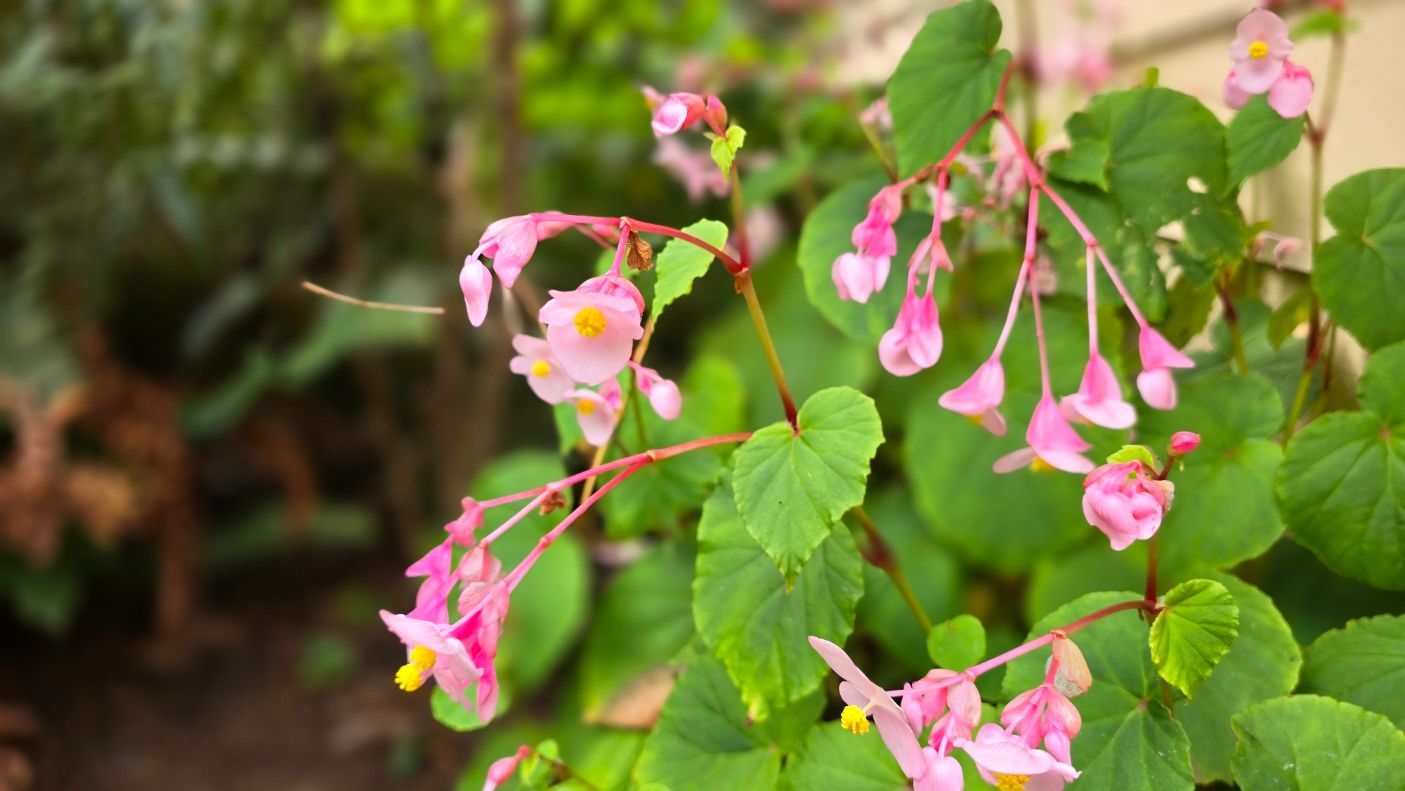
Garden Tips and Tricks for September 2024 September and October are my two favorite months of the year. The weather is beginning to cool down, but we still have some beautiful sunny days. Halloween is just around the corner and I have an abundance of bird activity in the garden still. Mornings are noticeably chilly, and it feels nice to add an extra layer to stay warm. The transition to Fall is my favorite! September Gardening Tasks: Slack off on watering in the beds, but water if your soil is dry. Less water now hardens plants off for winter. Weed. Yes, keep doing this! Never give up! September/October are the best months to plant new or to renovate old lawns, particularly as the air gets cooler and before it gets completely cloudy and cold. You may want a landscape company to perform this task for you. Bait for slugs. Remember the beer option, and if you do, make sure to bury something like a mason jar in the earth and fill it with beer to 1” below the lip, that way the slugs won’t be able to lean in and get a sip but will instead fall in. You can begin trimming off the tops of those perennials which have finished blooming and have turned brown, this will help to clear up the clutter before Winter arrives. September and on through March are the best months of the year to transplant or plant. The peak month for planting and transplanting is November. Pick and store winter squash when it is ready. This is usually late in September. Keep picking tomatoes and potatoes. Early September is the last month to plant your winter vegetable garden west of the Cascades. Examples are winter hardy kale, Brussels sprouts, different Italian greens, broccoli, raab, turnips, cabbage, kohlrabi and more. September is also the final month for regular summer lawn fertilizer application (use a special Fall/Winter mix for November). Now is a good time to take Rhododendron cuttings to start new ones if you are so inclined. Prepare your compost piles for recycling vegetation from your gardens and deciduous trees this fall. Use a copper spray for peach and cherry trees during dry periods. If you are prone to these diseases, spray for bacterial canker of blueberries, leaf cane spot and juniper twig blight (after pruning away dead and infected twigs) during dry periods. Bring houseplants indoors after cleaning and re-potting them, if nights get too cool. If possible, keep them out through October. Short Blog on How to Over Seed Your Lawn The best time for over seeding (filling in bare spots) or just grass seeding in general is September/October/November or March/April/ May. Scratch/rough up the bare areas in the lawn with a hard rake. Sprinkle some seed over these bare areas with just a little natural fertilizer and lime. Cover it to no more than ¼” deep with grass seed mulch. This looks like straw but does not have the weed seeds like straw bales have! Keep the area moist but NOT soaking wet. Lots of spritzes on hot days and just a few spritzes on cloudy days. Wait about two weeks to see what happens. If tiny green shoots, like green dog hair, begin appearing, you are doing well. If no green appears—or not enough to create happiness—repeat the performance every three weeks until you have grass. Keep the bag of grass seed in a cool place (like a garage) over the winter. In the summer put it in a refrigerator. (Watch out for rodents, they love the stuff!) Remember that overseeding a lawn regularly here and there in damaged areas is just a part of the life of owning a home which has a lawn.
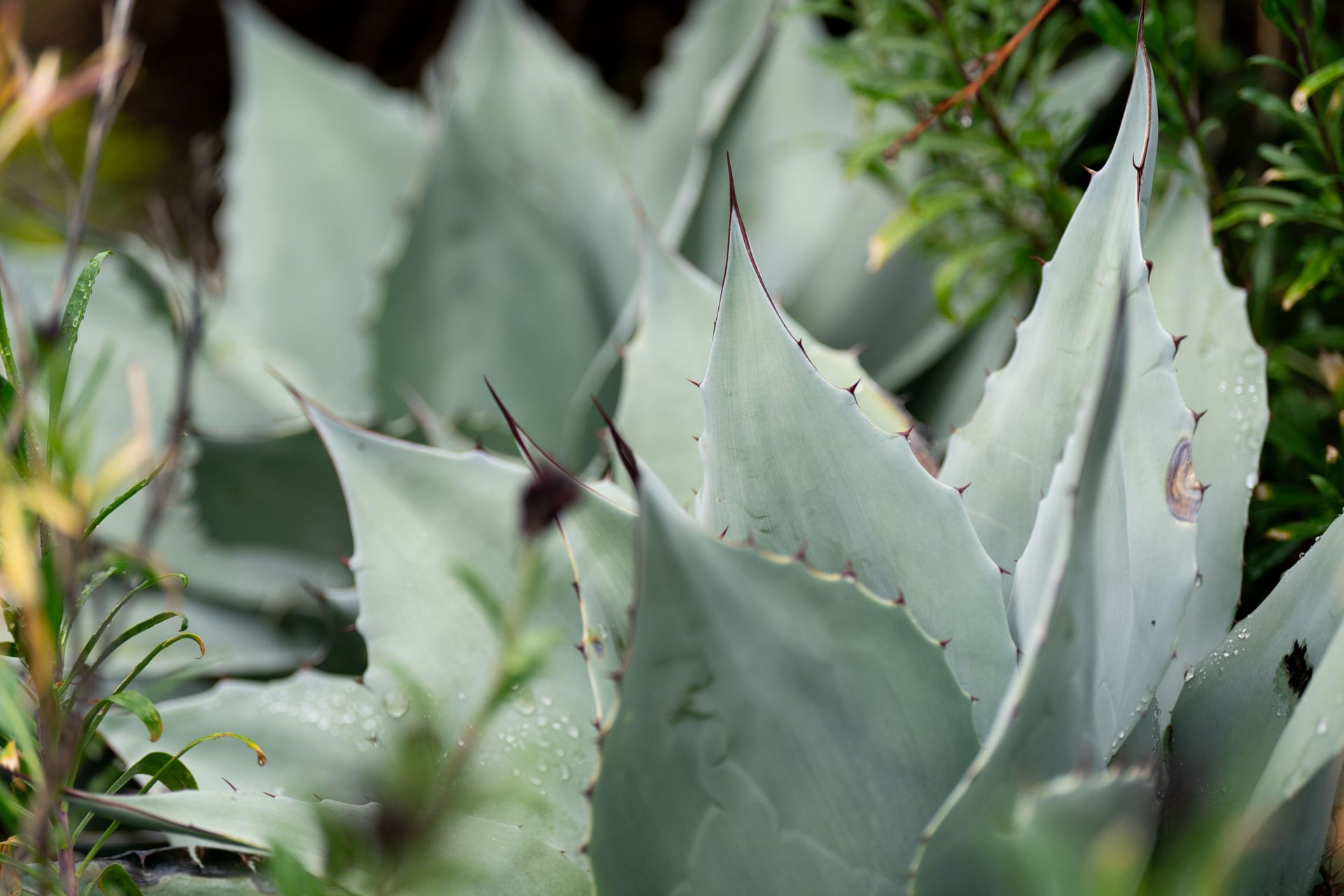
Summer is full-on, and we can all expect sunny, warm days. I naturally call this time of the year the Dry Season because that is what it normally is! That also means that if I plant ANYTHING, I had better hand water it because irrigation systems are meant to maintain plants, not get them through the hot, dry summer! Next summer, the system will take care of it, but not this summer! Weeds: I should encounter fewer weeds this month as the dryer weather prevents most seeds from sprouting. Therefore, unless my weeds are setting seeds, I pull them up and lay the helpless little things out in the hot, dry sun, where they can desiccate and turn to mulch! Mow regularly: I continue mowing at my preferred higher setting for the summer months rather than a low setting—this keeps the lawn healthier. It also helps to shade the grass roots and keep them cooler. This is especially important if I am trying to keep my irrigation system turned down to conserve money and water. Water: Make sure to water those plants that need a drink! The best time to water is in the early morning so that it does not evaporate quickly or blow away in the breeze. Generally, I set my irrigation so that it puts out one inch a week for the lawn. (Use up to 2” if it has been hot and dry). The planting beds get about half that amount of water per week! I recommend a drip system as it uses less water, and if you use the underground system, you don’t even see the water as it is under the mulch; there are NO little black spaghetti drippers to trip over! I always monitor my veggie garden closely so that crops do not dry out, and harvest regularly! Bouquets in the house! This is a great month to walk through the garden in the cool morning air to pick whatever looks good to bring into the house, either foliage or flowers. Fertilize: I will fertilize cucumbers, summer squash, and broccoli this month. I harvest vegetables when ripe to stimulate further production. Pest Control: I use Bacillus thuringiensis (BT) to control caterpillars on leafy vegetables, Geraniums, and Petunias, as needed. This bacteria is a disease of Caterpillars and won’t harm other creatures, including me! Keep in mind that insects are an important aspect of any habitat garden. Mulch: I use mulch to protect the soil and the plant’s roots from hot weather damage. Arborvitae care: It is essential to watch browning patches in the Arborvitae during the hot, dry summer months. This means that spider mite control is needed. They are a problem, particularly with Arborvitae hedges, hose off their foliage once a month, once a day, and for three days in a row. I usually pick the weekend to do this, so I spray once on Friday, then on Saturday, and then on Sunday. Arborvitae hedges are very susceptible to spider mite damage, and as a result, in a hot, dry summer, they can brow out or die! I have seen a lot of dead Arborvitae around. I avoid using Kelthane and other poisons for Spider mites. It is very poisonous for humans and animals. If I can just make the effort, spraying the foliage with water is not that big of a deal! Fleas: August is an important month to control outdoor fleas with spray (if one has outdoor pets.)
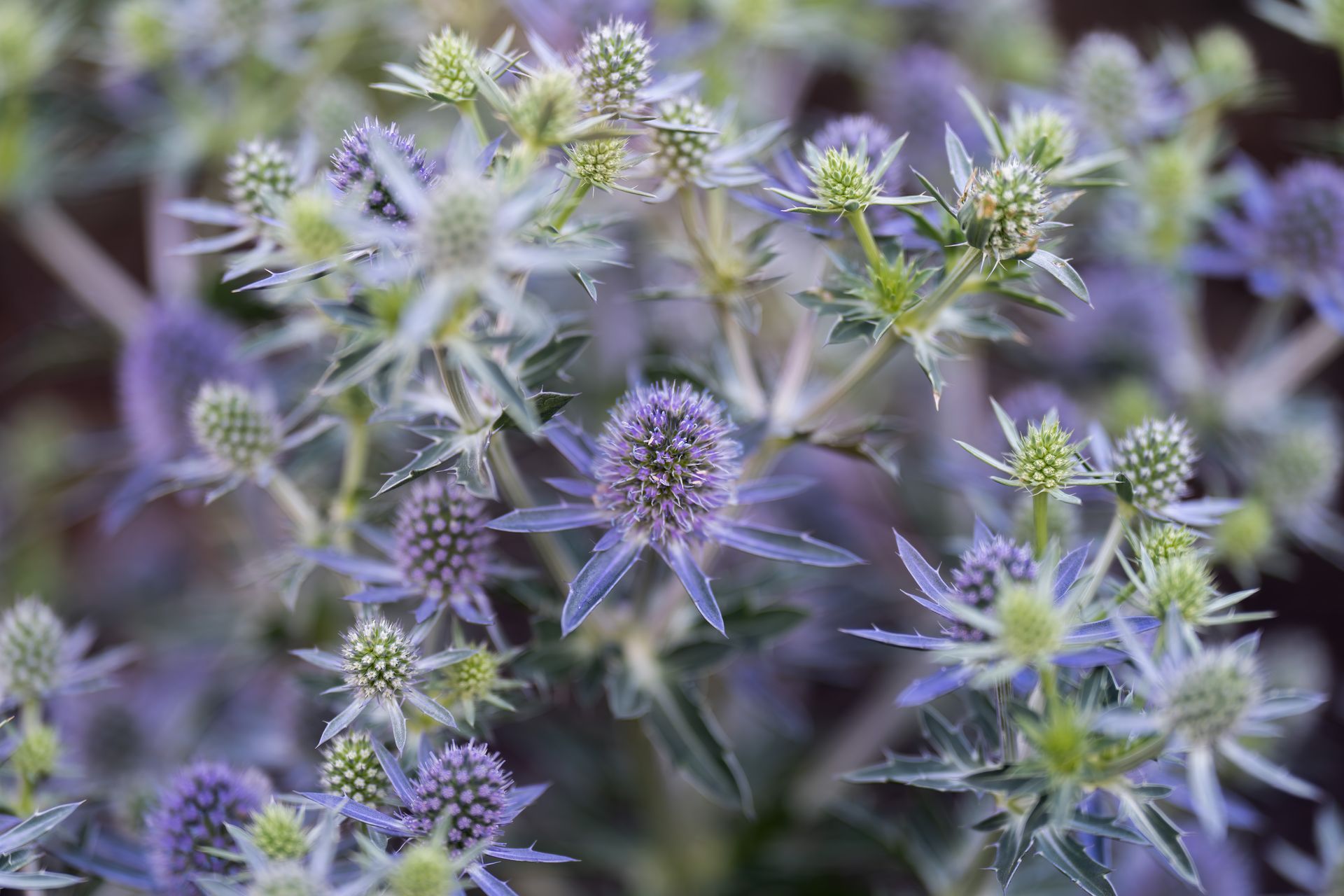
As we transition from Winterbloom, Inc. to Winterbloom Landscaping Cooperative, we will be making some changes to our newsletter, but we really want to keep sending you Phil's Tips and Tricks. We may begin adding to these over time or making some changes. After our cold Winter and mild spring, it is nice to see some sunny days. I've seen reports that we may have a milder summer; let's hope so! If you have a lawn you want to keep green, July is usually a dry month. We must irrigate lawns liberally to keep the grass from going dormant, but it is also okay to let your lawn go dormant and save some water. Prune any of your shrubs immediately after they have bloomed if they need it. However, remember that this is important only if it is required! Don’t prune them just to prune them! Keep up the weeding. Our wet spring grew masses of big weeds! Now, if the weather gets dry and hot, all one must do is cut the roots off or lift the baby weeds and let them dry to death on the ground. They will disappear in the hot sun. July is the month to fertilize lawns with an organic/natural fertilizer. Set your mower deck at the highest setting on the mower that you can tolerate. (Many people want to see lawns set at Golf Green elevation, about ¼” high.) However, this does not work well on home lawns, as no homeowners that I know can maintain their lawns to the degree that Golf courses do! The taller grass shades the roots and keeps the lawns healthy! In an average July, lawns need one inch of water per week. If we have a dry, hot wind, 1.5 to 2 inches does the trick. Check for Root Weevil adults in rhododendrons and azaleas. They create nasty notches on the leaves. Nematodes can be used to kill the Weevil larvae in the ground, or sticky traps on the trunk can be used to kill adult Weevils. Mulch, if you still need to do so, to conserve soil moisture using bark or other organic products like compost or clippings. Never use shredded rubber or ugly dyed bark dust! Watch for signs of spider mites on arborvitae hedges (dusty-looking foliage, loss of color, presence of tiny mites), and wash them with water from a hose. Pick a day when you can drench the branches, once a day for three days in a row. Repeat this practice once a month during the dry season. In this way you are acting like a heavy summer rain! This action disrupts their life cycle. You may dig spring bulbs when tops have died down. Divide them if overcrowded and store them in the garage in paper bags ( NOT plastic). if you have decided where you want to plant them, then go ahead and do it now or wait till fall. Stake tall-growing perennials as needed. Lilies, Dalmatias, and many tall daisies need this kind of care. End of month: prune boysenberries and other cane berries after harvest. Check for scale insects on camellias, holly, and maple trees. Check leafy vegetables for caterpillar attack. Mound soil up around base of potatoes. You can gather and eat a few “new” potatoes from each hill. Do not eat the green ones! They are not good for you. Cover up any potatoes which are showing! Consider planting Mid-summer selections of beets, bush beans, carrots, cauliflower, broccoli, lettuce, kale. Cover blueberry bushes with netting to keep robins off. Encourage beneficial insects by planting members of the sunflower family and carrot family (including Dill, Zinnias, Marigolds, Jerusalem Artichokes) Stake your tomatoes, watch for blight (prune for air circulation, pick off affected leaves). This is a good month to check those areas of your real estate which get little to NO water this time of the year and which possibly do not have any plants now or where you have tried, and plants simply will not grow! Consider a plant design for those areas and then plant drought tolerant (Xerophytic) plants this Fall when the rains begin! If you have questions about this call one of our designers to help you!

The essence of Winterbloom's style – a blend as unique as a rare botanical hybrid! I remember my dad, Phil (founder of Winterbloom), explaining our design philosophy to a client long ago. He called it a mix of Pacific Northwest calmness with a touch of Japanese finesse, sprinkled with the charm of an English garden. It might sound peculiar, but it's a blend that's shaped our landscapes over four decades. And if you know Phil, can you HEAR him say this?! Picture this: native Pacific Northwest plants mingling with carefully chosen cultivars, each with its own distinct character. For example, we have a slight infatuation for Hardy Fuchsias – originally from Chile and Argentina, yet perfectly at home in our temperate climate. Our design palette spans the globe, thanks to our favorable weather.

I apologize for getting so busy that I forgot to publish the Winterbloomer. My Tips and Tricks are late. Fortunately, everyone knows that one can garden in May! It has been lovely to enjoy rainfall! I hope we will not have a heat wave year and this current warm trend will prevail. May Tips and Tricks: · I consider May the month to purchase annuals to plant outside in my pots or flower beds. (However, remember that it is not time yet to plant the ones that like HEAT, such as tomatoes and basil. The reason is that the soil has not yet warmed up enough by now, and the nights are still cool. So, if one plants these warmer season plants, they most likely will sit & pout, rot, or drown if it rains or if you irrigate too much. · Lawn and beds. If the rain has not been enough, it is time to begin moderate irrigation. In April, most people consider turning on their irrigation systems (if they have them) if it is dry. I recommend using this month as an irrigation check month so that if the month turns dry, I am all prepared! · I Fertilize the lawn with a natural (non-petrochemical) fertilizer just before I run the irrigation or before it rains so that the fertilizer will sink down to the roots and not burn my lawn. · I mow regularly. I set my lawn mower one setting higher than I set it in April. · I do not have this problem, but if you have found that you need to thatch and renovate your lawn to get the water to penetrate during the coming dry months, I have a recommendation. I have found that if I use natural fertilizer (no petroleum derivatives), I have yet to take this step. I believe that it is because the earthworms take care of the dead grass/stems called thatch and keep my ground free draining. Using petrochemicals burns their little skin or kills them outright and makes them leave my lawn! · Weed now! If I do a minimum of weeding, I always pull up the ones that are visibly going to seed first and then get what I can of the others. The others can often wait until another day if I do not have the time today. Five-minute weedings can be critical! · Begin root weevil control. These little critters notch Rhododendron leaves and make them look terrible! I often use nematodes for the beetle larvae. The nematodes come in a liquid that is kept in the refrigerator at your nursery because they are alive. Another alternative for adults is sprinkling DE (diatomaceous earth) around the plants' ground surface. A final way to get to the adults is to use sticky traps on the trunks of the plants to trap them. They cannot fly, and because they must walk up the trunk to get to the tender leaves, they get stuck. This is also cool because you get to see the results. · I usually leave the composting leaf and stem litter from my trimmings and leaf fall, which naturally drops from the trees and shrubs right on the ground underneath all shrubs, perennials, and trees. This is usually enough fertilizer for all my plants to do well. I do not fertilize any of these plants unless they look stressed or have chlorotic leaves, and then I use "Alaska Fish Fertilizer." Of course, my annuals, such as veggies and annual bedding flowers, need liquid fertilizer as they have only one season to do their job! · Consider planting Chrysanthemums now for a burst of fall color that will return unexpectedly every year. They like full sun and good drainage; do not plant them where water drains to them. They are also excellent plants for pollinators. · Control aphids by washing the foliage with soap suds, removing them by hand, or promoting natural predators, such as ladybugs and lacewings. · Tiny holes in foliage and the appearance of tiny, shiny, black beetles on cabbage and potatoes indicate a flea beetle attack or possibly cabbage butterflies. Treat the ground around the stems with DE, spray with BT (Bacillus thuringiensis), or wash with soapy water. Pick them off if you can see them or all the above. · I control slugs with bait, salt, or by smashing. There is always the 'Beer in the bowl' method where one gets them soused, and they drown in their own drink! · Prune only those plants that really need it, but remember, wait until after they flower! · Later this month or the first week of June, plant the warm-season vegetables: tomatoes, peppers, eggplants, snap and lima beans, Brussels sprouts, cucumbers for slicing and pickling, dill, kale, pumpkins, summer and winter squash, and onions. · I spray fruit, nut, and shade trees for tent caterpillars, but only if present. Get out there and do this now! Remember that doing so will reduce boredom associated with leftover COVID-19 cloistering and any under-stimulation from electronic media and sofa lounging. Being in your garden will get you in touch with the natural world! Smell the air, listen to the birds, the fluttering leaves, and the frogs, and feel the sun and wind in your hair!

In early February, my partner and I traveled to Puerto Vallarta for a week of relaxing and exploring. In no scenario should one visit Puerto Vallarta without paying a visit to Vallarta Botanical Garden. The garden is just a 30-minute drive from downtown PV. So we decided on a day and looked up the bus route to visit. This will be my 4th visit, but my last visit was about six years ago, and I am excited to see what's new. After a scenic and economical 30-minute bus ride, costing us merely 50 pesos, we arrived at our lush destination. The entrance to the Vallarta Botanical Garden greeted us with its enchanting entryway, a prelude to the botanical wonders that awaited. As we paid the entrance fee and proceeded, the main road leading into the heart of the gardens beckoned us to explore further. Each step took us deeper into the garden, where a symphony of birds accompanied us. The path to the garden is lined with an array of plants, from the dramatic silhouettes of the black elephant ear plants- Colocasia, with their large leaves absorbing every ray of sunshine, to the fiery colors of bromeliads, igniting the green canvas with reds, yellows, and oranges.
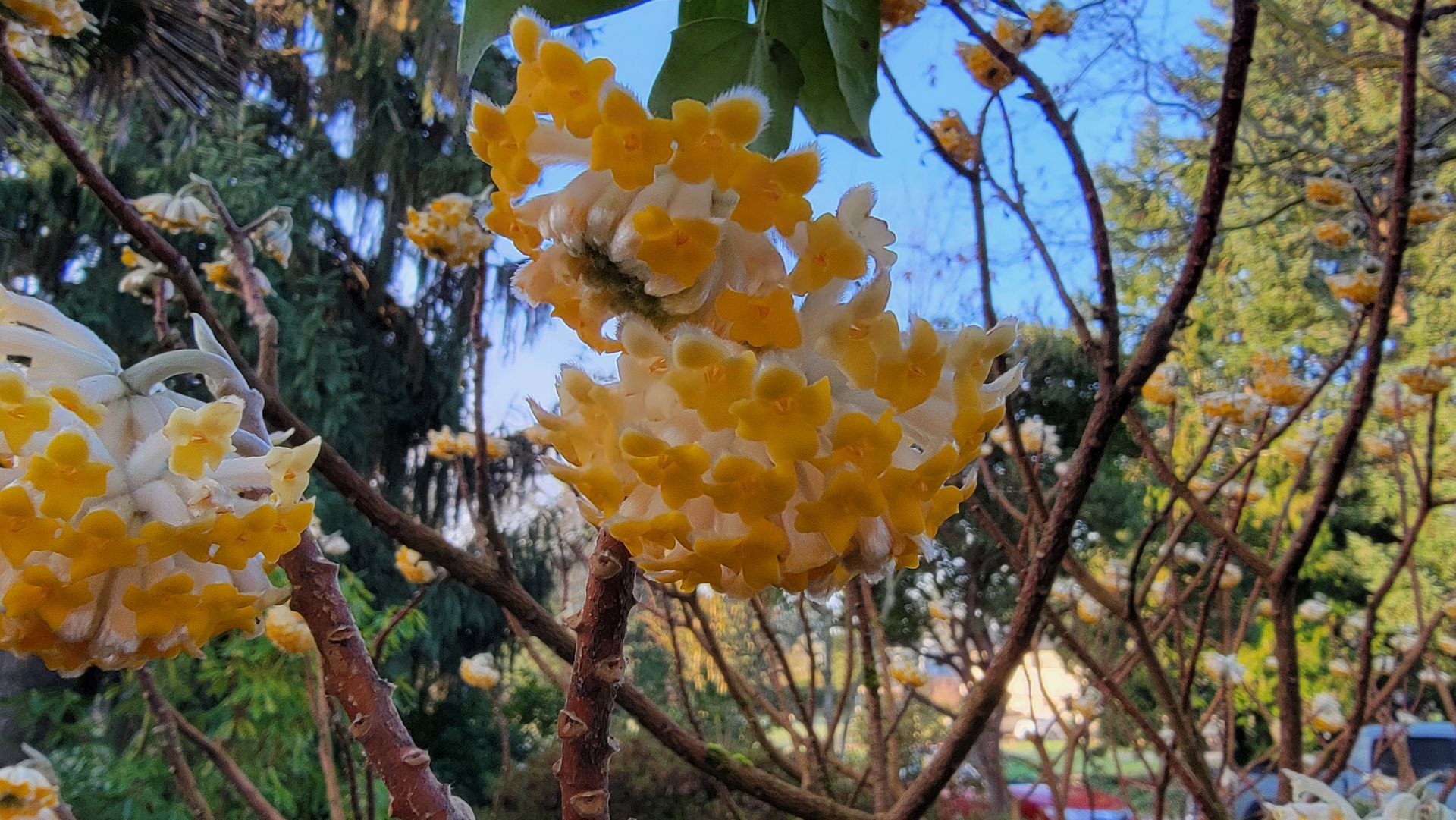
After the spots of cold weather we had this winter since the turn of the year, I hope that March lessens this winter’s cold grip on us. Remember: if you see damage to your broadleaf evergreens, do NOT cut them back now, wait until they begin to bud out in the spring! You may find that they do need to be cut to the ground, but they may simply need to grow new foliage along the stems and on the tips! The beginning of Spring is about 20 days away, so I am hopeful that we have no more disastrous freezes! Here are some tips and tricks for the month of March: · This is what I think of as the best time to purchase perennial plants at my local nursery. Currently, many of the perennials are in small, 4” containers and are ready to grow. Instead of waiting for those same plants to grow at the nursery, it’s better to purchase them now and let them grow in my landscape, rather than wait until they are larger before purchasing and ending up needing to pay more! This logic also goes for shrubs and trees. Right now, is the time to get the best value for your purchase. If you wait till it is warm and sunny, and the plants are blooming in their pots, the prices will increase, and you will miss the early bird choices and possibilities! So, go now to your favorite local nursery! Cornell Farms, Gardner’s choice, Xera, Cistus, and Bosky Dell are some that I check out regularly! · It is important, if you have not already done so, to quickly prune off any of last year’s ugly brown foliage left on your perennial plants. It is good to do that now before the new sprouts begin to pop out of the ground! I am still working on it here! · I am continuing to weed to prevent any of them from going to seed! I always pull out any weeds which are getting close to going to seed first. Seriously, if you weed now, before they go to seed and make their babies, your summer weeding will be so much easier! (And, if you are going to use a pre-emergent weed control, now is a good time - just please be careful when using this sort of thing!!) · I continue to bait for slugs! · March is the last good month for transplanting. Try to do it soon, before the plants begin to sprout. If a plant is sprouting a lot, it might be best to leave it alone and wait for next fall to move it. · I wait to prune my spring-flowering shrubs until the blossoms fade, and then I only prune them if they really need it. · I trim or shear winter-blooming heathers when the bloom period is finished, that is usually later in March. This keeps them nice and tight and full. · Now is the time to cut off all my Western Sword Fern’s fronds to clean them up and get them ready to unfurl all their new fronds. I focus mainly on the ferns that I can see along a path or from a window. Obviously, if you own a woodsy section, you will not want to trim all your ferns in the woods! No one does it out in the forest, this action is for the fern to look good. It does not affect their health! · I fertilize rhododendrons, camellias, and azaleas with compost or (only if necessary) I use an acid-type fertilizer (an indicator is that the leaves are yellow). · I spread mulch over the garden and landscape areas which didn’t get mulched well enough so that there is bare ground showing. Bare ground is an invitation for weeds! · Lawn-mowing begins sometime in March, so I set my blade at the lowest setting that I am comfortable with: ¾”-1” for bent grass lawns; set blade 1 1/2” to 2 ½” for fine fescue and ryegrasses - I set it as low as I can without permanently damaging the lawn. It will look very shorn after I do this, and it might take me three tries to get it cut down to the level that I want. The grass will also be wet and green, so if you do that, try to avoid clogging up or killing your lawn mower! I also do not leave the clumps on the grass this month as I know that it will create brown spots. I throw the clumps into the beds or into the composter. · This is the time for the first 2024 application of lawn fertilizer (after the first mowing). My preference is an organic fertilizer (non-petrochemical; suggested 16-5-5). · I Fertilize my cane berries with manure/compost (if a natural fertilizer, I suggest 10-10-10). I Prune out the dead wood on my Raspberries, Blueberries and Gooseberries to keep them from getting too big, then I spread wood shavings, and as needed, manure/compost.


